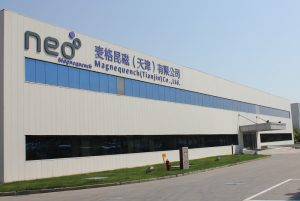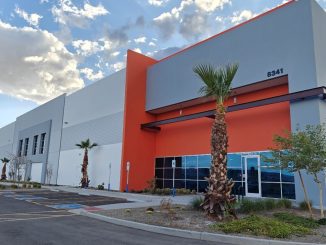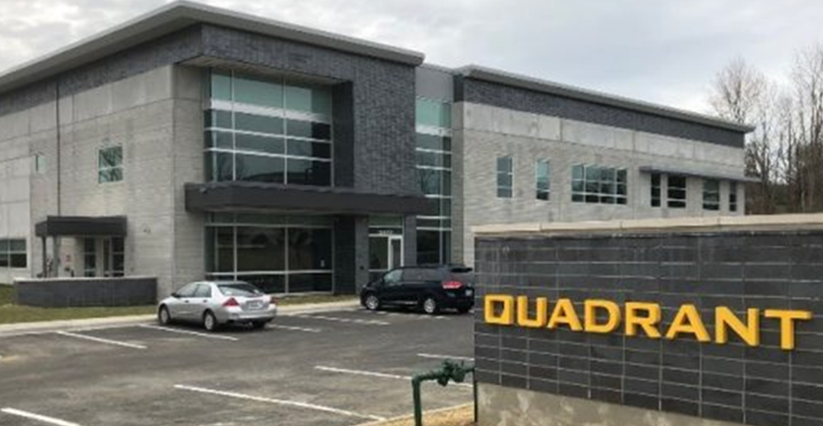By Dr. Stan Trout | Spontaneous Materials
If you have been following recent events in the world of rare earths and permanent magnets, there has been a lot of interest in re-establishing a completely domestic supply chain to produce rare earth permanent magnets, both NdFeB and SmCo. Even though American research and industry were significant contributors in the development of both SmCo and NdFeB magnets on a commercial scale, much of their production has moved to China over the last few decades and has been largely forgotten in the US. Consequently, this is not going to be an easy proposition with a simple solution. The Pentagon has even sent out several Requests for Information this Summer, in hopes that the collected feedback from the various stakeholders will help to paint a picture of what a re-established supply chain might look like. I am afraid that they will not find the answer as straightforward as they had hoped.
Complicating the picture is the fact that not all users of rare earth permanent magnets have the same sensitivity or interest regarding where magnets are sourced. For military applications domestic sourcing is likely on its way to becoming mandatory, but it represents a small percentage of overall demand for permanent magnets. Other users, like the automotive and motor industries are many times larger; however, their buyers are more concerned about price and less concerned about the country of origin.
The other thing we need to identify are the processing steps that are currently missing in the US. Those missing steps are: 1) separating rare earth ores to make oxides, 2) reducing the oxides to make metals, 3) casting alloys and 4) magnet processing. I’ll be quick to add that some modest capability exists in some of these areas.
My modest proposal is to establish a centrally located facility that can address all four of the missing pieces of the production puzzle. The facility needs to be capable of running at least on a pilot plant scale on a temporary basis. In some cases, idled equipment can be moved to the facility and new equipment can fill in the remainder of the requirement.
Why go to the expense of putting everything in one location? The second part of my proposal is that this plant should only be run a few weeks a year, unless there is an emergency requiring more output. The plant should be operated by young engineers, to optimize the longevity of the processing knowledge and the availability of people who can be called back to run the plant fulltime in the event of a national emergency. This is a crucial part of the proposal. What good is having all the equipment, without having people with the know-how to operate the plant? I’m calling this proposal a Magnet Summer Camp. An operation that runs a few weeks a year to prove the equipment is still working, to supply some domestic need for rare earth raw materials and magnets and to train people how to make magnets.
I would suggest locating the Magnet Summer Camp where there is less oxygen to adversely oxidize the fine powders, yet not so low an oxygen level that any breathing apparatus would be required for the workers. In other words, the magnets should be made at altitude, such as Colorado where better properties are possible due to lower oxygen contents in the final magnets.
How would the cost of a Magnet Summer Camp be divided? Ideally it would be nice if the government paid for the entire idea; however, that seems unrealistic these days. Senator Rubio recently introduced a bill called the Rare Earth Cooperative 21st Century Manufacturing Act, with some similar aims but different methods. His bill calls for public private partnerships to fund the program. My suggestion is to allow all interested stakeholders to share the cost evenly, much like a neighborhood might share the cost of a portable generator available for power outages. Stakeholders who decline to participate would be excluded from the benefits of the plan. That’s a tough stand to take, but necessary to remind people about the seriousness of the situation.
Will there be a Magnetics Bootcamp at the Magnet Summer Camp? I can only hope so.
S. R. Trout

About the Author- Dr. Stan Trout has more than 40 years experience in the permanent magnet and rare earth industries. Dr. Trout has a B.S. in Physics from Lafayette College and a PhD in Metallurgy and Materials Science from the University of Pennsylvania. Stan is a contributing colunmist for Magnetics: Business & Technology magazine. Spontaneous Materials, his consultancy, provides practical solutions in magnetic materials, the rare earths, technical training, and technical writing. He can be reached at strout@ieee.org



